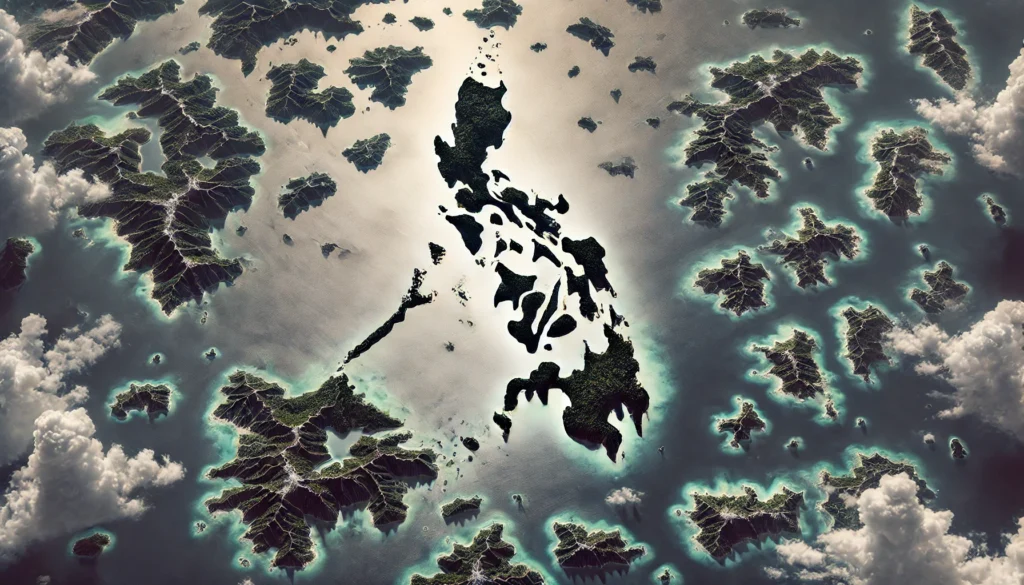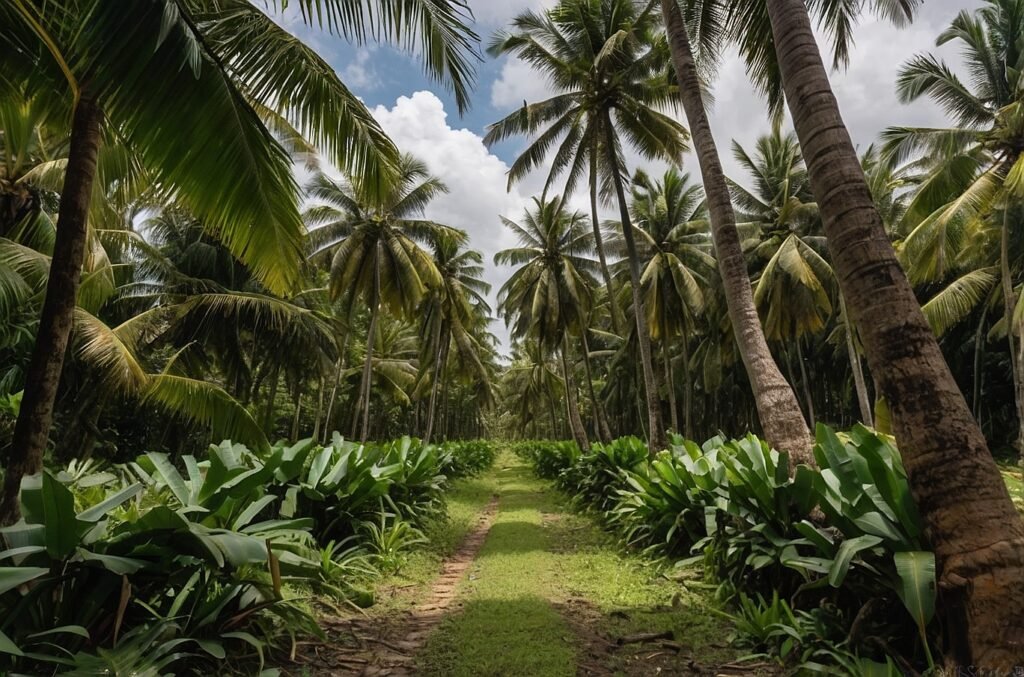The Philippines holds a distinguished position in global geography as the second-largest archipelago in the world. This Southeast Asian nation comprises a vast array of islands scattered across the western Pacific Ocean. The archipelagic nature of the Philippines contributes significantly to its diverse ecosystems, rich biodiversity, and unique cultural landscape. Understanding the scale and composition of this island nation provides valuable insights into its geography, ecology, and the challenges and opportunities it faces in the modern world.
Geographical Composition and Scale
Island Count and Distribution
The Philippine archipelago consists of an impressive number of islands, with estimates ranging from 7,100 to 7,641, depending on the tidal conditions and the criteria used for classification. This expansive collection of islands spans a total land area of approximately 300,000 square kilometers (115,831 square miles). The islands are broadly categorized into three main geographical divisions: Luzon, Visayas, and Mindanao. These divisions not only represent distinct geographical regions but also reflect cultural and linguistic variations across the archipelago.
Comparative Size and Global Ranking
To put the Philippines’ archipelagic status into perspective, let’s compare it with other significant island nations:
| Rank | Country | Number of Islands (Approx.) |
|---|---|---|
| 1 | Indonesia | 17,500 |
| 2 | Philippines | 7,100 – 7,641 |
| 3 | Japan | 6,852 |
| 4 | Greece | 6,000 |
| 5 | Sweden | 267,570 (majority very small) |
This comparison underscores the Philippines’ significant position among the world’s archipelagic nations, second only to Indonesia in terms of the number of islands.
Ecological Significance and Biodiversity
The archipelagic nature of the Philippines contributes to its status as a biodiversity hotspot. The isolation of islands has led to the evolution of unique species and ecosystems, making the Philippines home to a vast array of flora and fauna found nowhere else on Earth. The country boasts over 52,177 described species, with more than half being found exclusively in the Philippines. This high level of endemism is a direct result of the archipelago’s geographical isolation and diverse habitats.
Challenges and Opportunities
Environmental Conservation
The fragmented nature of the archipelago presents both challenges and opportunities for environmental conservation. While the isolation of islands has contributed to the development of unique ecosystems, it also makes these environments particularly vulnerable to human activities and climate change. Conservation efforts must be tailored to address the specific needs of individual islands and ecosystems within the archipelago.
Economic Development and Connectivity
The archipelagic structure of the Philippines poses unique challenges for economic development and national connectivity. Linking thousands of islands through transportation and communication infrastructure requires significant investment and innovative solutions. However, this geographical diversity also offers opportunities for developing varied economic activities, from tourism to marine resource utilization.
Conclusion
The Philippines’ status as the second-largest archipelago in the world is not merely a geographical distinction but a fundamental aspect of its national identity, ecological significance, and development trajectory. Understanding and appreciating this archipelagic nature is crucial for addressing the country’s challenges and harnessing its unique opportunities in the 21st century.
Disclaimer: This article aims to provide accurate information based on current geographical data. However, the exact number of islands in the Philippines may vary depending on tidal conditions and classification criteria. Please report any inaccuracies to our editorial team for prompt correction.




